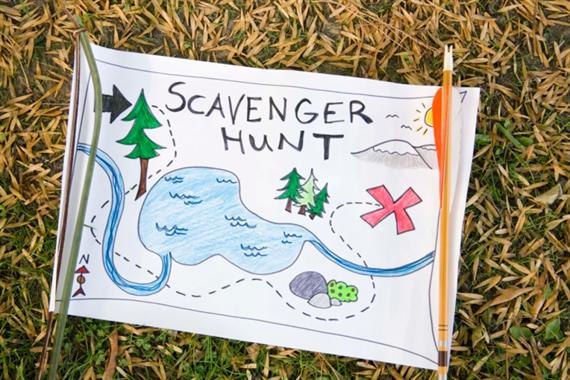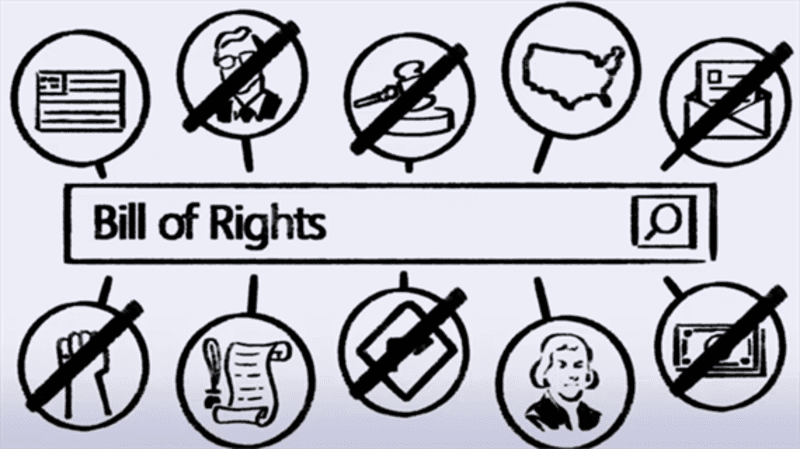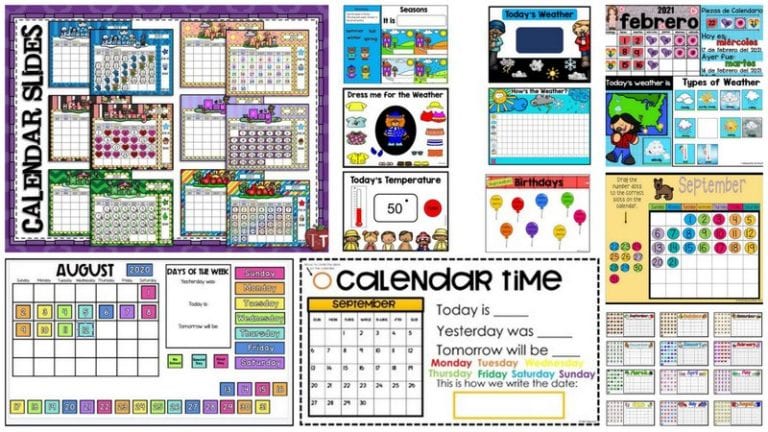1. Show them “Save the Pacific Northwest Tree Octopus”
A great place to start your discussion about smart searching is to take your students to the Pacific Tree Octopus website. After all, if it’s on the Web, it must be true, right? Have students share and discuss “facts” about the tree octopus. Does this jibe with what they know about the ocean animal? Don’t be surprised if most of your students are floored to find out the site is actually satire! Want more? Here are 11 additional hoax sites you can use to teach Web resource evaluation.

2. Use a search strategy.
Kids may not realize how much better their search results will become if they use a search strategy instead of just typing any word or phrase that comes to mind. The video below from Bing in the Classroom helps students learn how to choose the best keywords, as well as when to use quotation marks and plus (+) or minus (–) signs in their searches. Teacher Amanda Fleischbein also recommends you “have your students type ‘-wiki’ after their search terms and it eliminates Wikipedia from the results.” Nice!
3. Use the “three-source rule.”
When students are doing online research in her class, Je Hen enforces the three-source rule. Students must confirm information they find on three different websites to make sure it’s valid. Try doing that with the tree octopus!
4. Teach how Wikipedia is like McDonald’s.
Many kids like to rush through search results and use the first source that pops up. Teachers Kelly Kiley and Polly Sue Poppy try to get their students to slow down and dig deeper by telling them: “Wikipedia is like the McDonald’s of research—it will get you info quickly, but it’s not quality information.”
5. Give the CRAAP test.
Teach kids how to confirm the credibility of a website with a scoring guide like the CRAAP test worksheet (Yup, this is a real evaluation tool!). CRAAP stands for “currency,” “relevance,” “authority,” “accuracy” and “purpose.” Students score websites on things like domain, spelling and grammar, authors listed, and dates updated. You can also give students an introduction to evaluating search results with this short video:
6. Determine the domain.
One simple search tip you can give students is to check the domain on search results. Remind them that websites that end in .edu, .org and .gov are generally more credible sources for academic research than those that end in .com.
7. Ask your librarian for help.
Many librarians and media specialists are specially trained in Internet searching. Before you start a research project with your class, ask your school librarian to give a presentation that shares search tips and advice.
8. Explain the “how” behind search engines.
You may be surprised that a simple lesson explaining how search engines actually work can help kids perform better searches. The below video from Bing in the Classroom breaks down the complex system of search and presents it in a way kids can easily understand so they’ll get the most out their searches.
9. Go on a scavenger hunt.
A Web-search scavenger hunt is a fun way to help students learn how to effectively use search engines to find accurate information. Make up your own questions for students to answer by researching online or use the worksheet included in this lesson plan. You can encourage friendly competition by having your class work in teams and awarding points for every credible website students identify to correctly answer the questions.

10. Stay close to home.
One simple way teacher Laura Smith gets her students to see that Wikipedia isn’t the most valid source for information is asking them to search their hometown—something about which they’re already very knowledgeable. After they point out inaccuracies found on Wikipedia, have students find websites that have accurate information. They’ll realize quickly that “facts” found on Wikipedia aren’t always true.
11. Encourage safe searches.
When students are searching the Web, there’s always the possibility they’ll accidentally come across something inappropriate. If kids don’t know what to watch out for, they may be lured in to “trick sites.” Here’s a video that gives kids tips for staying safe—like how to identify fraudulent ads or websites that may cause viruses—when searching.
This is the second blog in a five-blog series sponsored by Bing in the Classroom. See the first blog here.Want more? Check out Bing in the Classroom for the full library of K–12 lessons and Bing Has Answers for more cool classroom tools.


